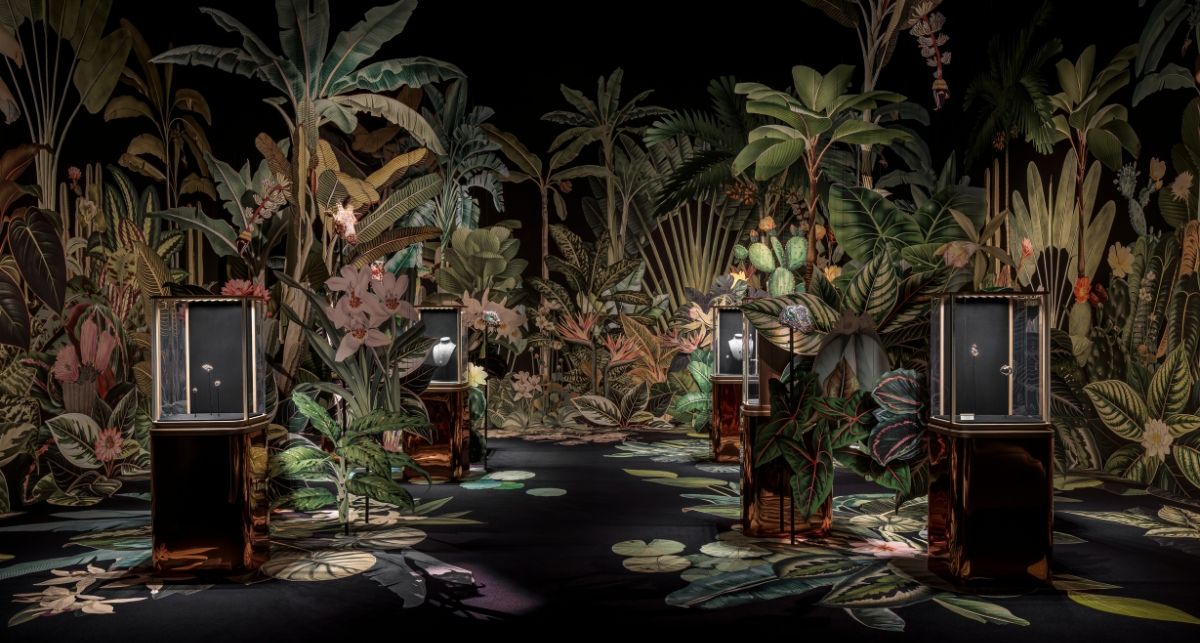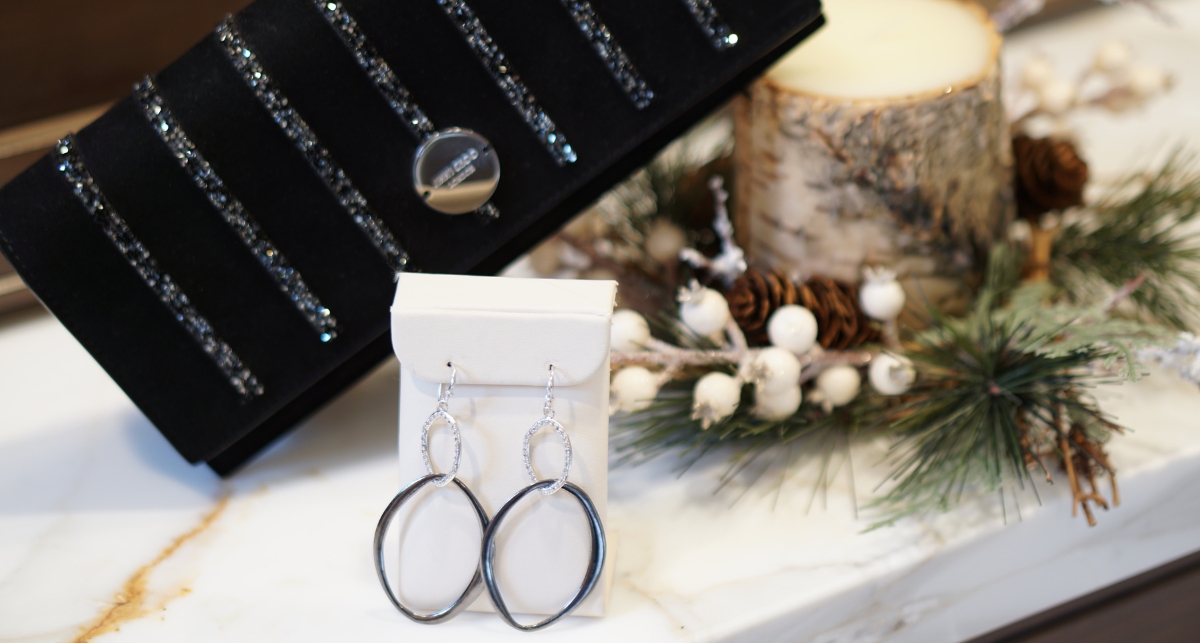The saying goes, “when one door closes, another one opens”.
While we’ve all heard this expression, the truth is – it’s often challenging for many of us to let go of our mental attachments (to the past or the future). However, by learning how to practice the art of non-attachment, we give ourselves the chance to embrace new experiences and a more joyful future.
As the renowned spiritual author, Eckhart Tolle says, “Non-resistance, non-judgment, and non-attachment are the three aspects of true freedom and enlightened living.”
To help you discover peace and happiness through the art of non-attachment, here are some tips and techniques.

What is The Art of Non-Attachment?
As shared in a Psychology Today article by Richard Whitehead, Ph.D., “Attachments are our fixated attempts to control our experience, usually through clinging to what we perceive as desirable or aversion to what we perceive as undesirable. The problem is, life usually has its own way of unfolding, quite separate from our attempts to control it, no matter how intense or well-intentioned. Nonattachment, therefore, is what occurs when we can let go of the need to be in dogged control of what is occurring and can reduce our demands on the present moment to be any way in particular. ”
If you’ve ever been disappointed by people or situations, the truth is, it’s probably because they didn’t live up to your expectations. When we have preconceived ideas of how people should act or how circumstances should turn out, we become inflexible and rigid in our thinking. This, ultimately, leads to disappointment and unhappiness.
Instead of fixating on a specific outcome (or dwelling on our emotional connections to the past), we’d enjoy life more if we simply learned to surrender, release, and let go of our attachments. In truth, our attachment to our idea of how things or people “should be” is actually preventing life from surprising and delighting us. That’s why learning to practice the art of non-attachment can help us go with the flow, enjoy life more, and feel more peaceful.
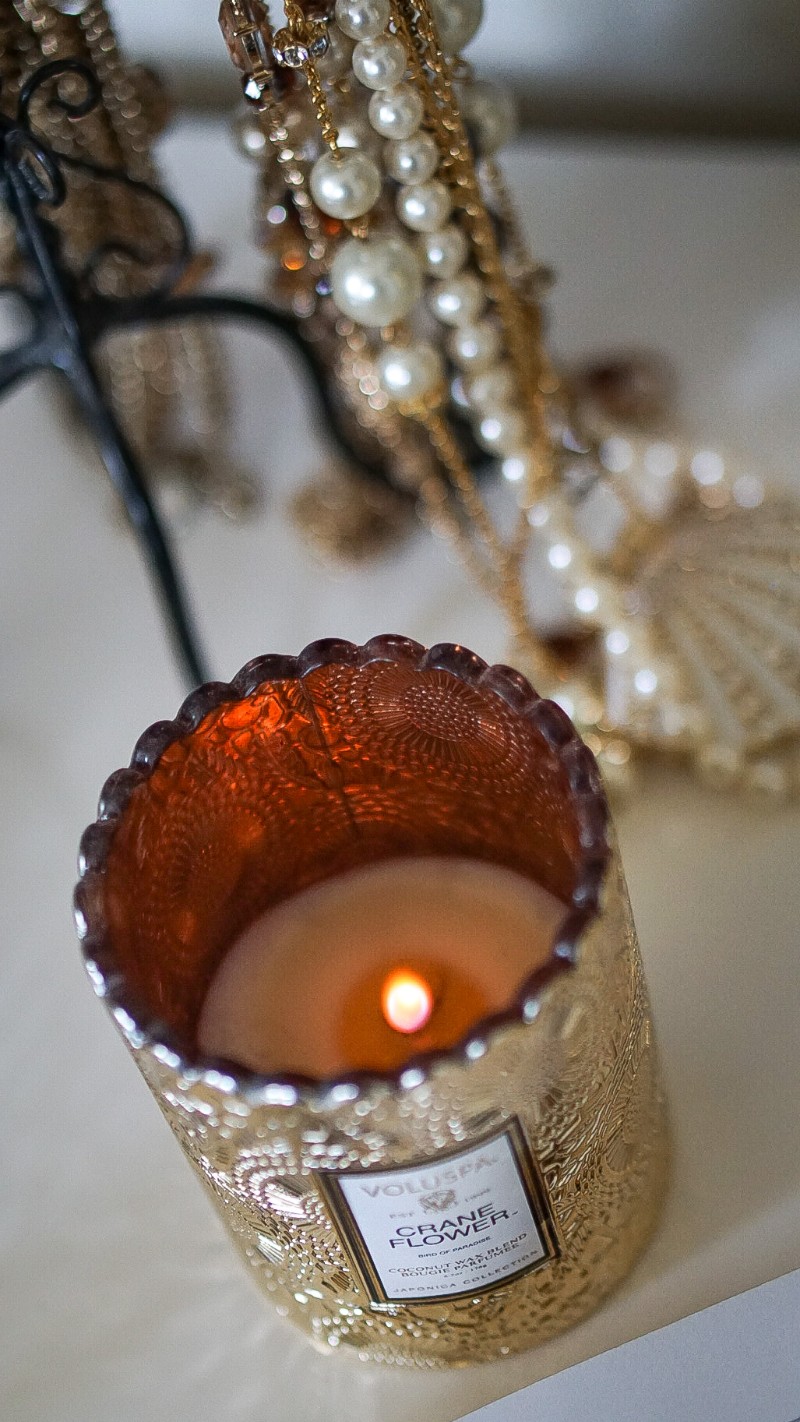
Embrace Change as a Natural Part of Life
The Greek philosopher Heraclitus said, “Change is the only constant in life”.
Ironically, most people say they want to change their lives in some way. Yet, when they’re forced to step out of their comfort zone and actually change, they resist it, fear it, or try to fight it.
For example, a person might want a new job, but they cling to the current job (that they’re unhappy with) because they’re afraid of the unknown. The concept of uncertainty paralyzes them from seeking a more fulfilling job, so they perpetually stay stuck in an unhappy role.
Once we accept the fact that life is an evolutionary process that requires constant change and growth, we can then learn how to non-attach. By doing so, we grant ourselves permission to experience freedom, joy, and peace. This empowers us to embrace change as a natural part of life, which in turn, helps us take action to live our best lives now.
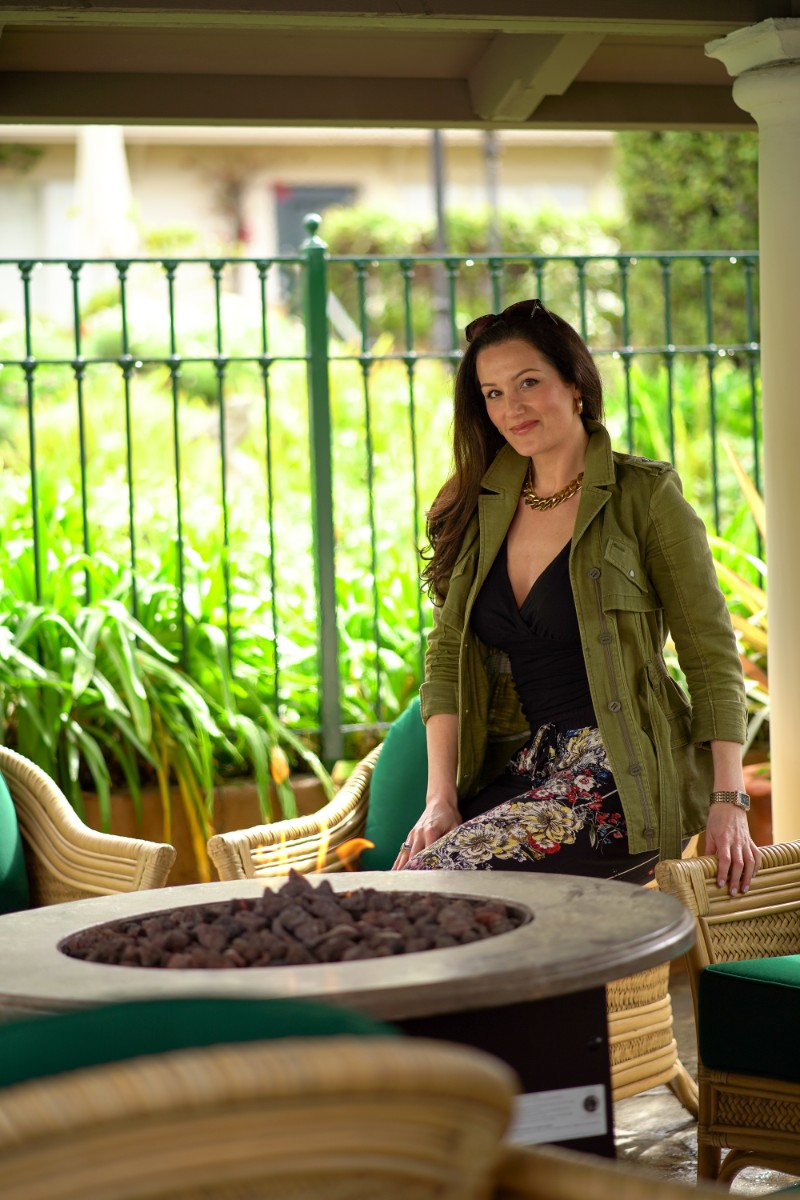
Release Judgmental Thoughts and Forgive Often
Whether we realize it or not, our attachment to other people can hinder our personal growth, can lower our vibration and energy, and can hold us back from living our best lives. When we judge others, we are mentally attaching to them (in an unhealthy and unproductive way).
By releasing our judgmental thoughts, we dissolve our mental attachments to them. In so doing, we are able to accept people exactly as they are (without expecting or thinking they should be a different way).
This process of releasing judgmental thoughts (and others) from our ego’s false projections can help us create happier relationships. As stated in an article on Tiny Buddha, “being unattached, open, and aware is a key ingredient to experiencing a relationship organically, and observing what may unfold.”
One way to train your mind to release judgmental thoughts is to mentally forgive the other person (often for not living up to your expectations) and to feel compassion and empathy for them. Imagine what it’s like to be in their shoes. What stress are they under? What fears are they facing? What painful experiences are they healing from? Whatever you know about them, use this knowledge to better understand and empathize with them. For everything you know about them, remember that there’s so much lurking under the surface that you don’t even realize.
For example, a person who seems cold, distant, or emotionally unavailable might actually be terrified of intimacy, connection, and opening up. Perhaps they had a traumatizing experience that taught them that close relationships would result in pain, sadness, and heartache?
Often times people don’t show us or tell us what’s really going on in their hearts and minds, which is what can lead to communication problems and misunderstandings in relationships. That’s why learning how to be compassionate, forgive often, and release judgment helps us dissolve conflict and create more harmonious relationships.
When we release judgmental thoughts, we stop placing pressure on other people, which allows them the freedom to be and do exactly as they please. This helps our relationships grow naturally, without having our attachment to the outcome get in the way by placing an undue burden on the person or the relationship.
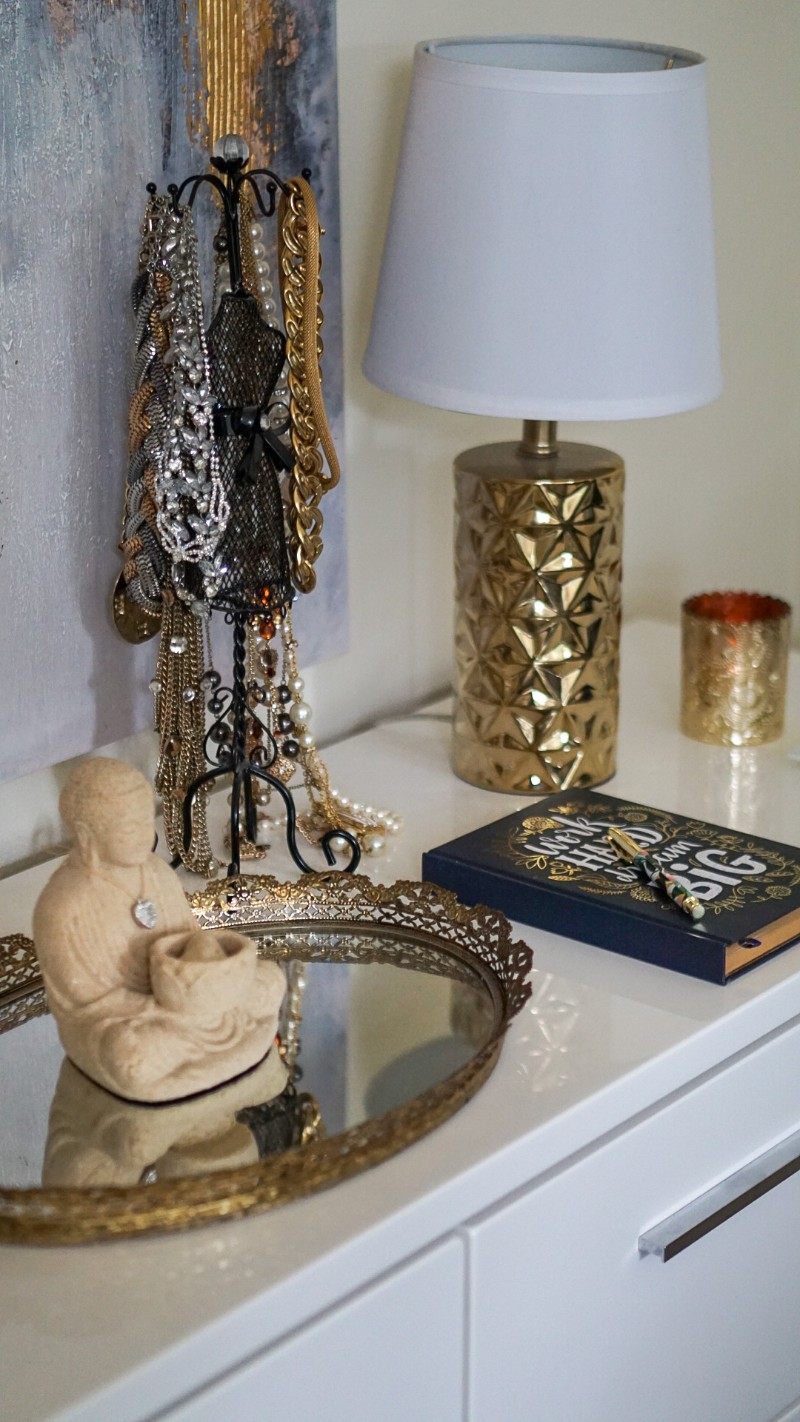
Let Go of Fearful Thoughts
A big part of attachment stems from fearful thoughts. We fear to lose a relationship, a job, an opportunity, etc. However, the fear itself is often what compels us to make unwise decisions, to cling to unhealthy situations, and to project anxiety and worry onto that which we fear losing.
Once we understand that fear is simply a projection of our ego – a thought, in its simplest form – we can dissolve its power over us. By learning how to replace fearful thoughts with beliefs backed by faith and hope, we empower ourselves to take positive actions in our lives that lead us to greater happiness.

Use Visualization Techniques to Mentally Release Attachments
Visualization techniques are powerful tools that can help you learn to mentally non-attach.
As an example, if you want to release your attachment to a relationship or person, imagine they are standing in a hot air balloon. Take a deep breath, visualize the hot air balloon in front of you, and upon breathing out, imagine the balloon peacefully floating away into the sky. As you do this, you start to feel lighter and less energetically tethered to this person.
This technique can be especially helpful whenever you experience conflict or problems within a relationship, as it helps you mentally dissolve any negative attachments you’re having. It can also be a useful tool to use when you need to let go of unhealthy relationships or toxic people.
As Buddha wisely said, “you only lose what you cling to”. To discover greater happiness and peace, learn to practice the art of non-attachment. Whenever you feel yourself getting attached to the idea of an outcome, to a person, or a situation, do your best to release your attachment, let go of any projected expectations, and just accept it as it is.
For more tips and techniques to boost happiness, check out the Personal Growth section on I&C.











